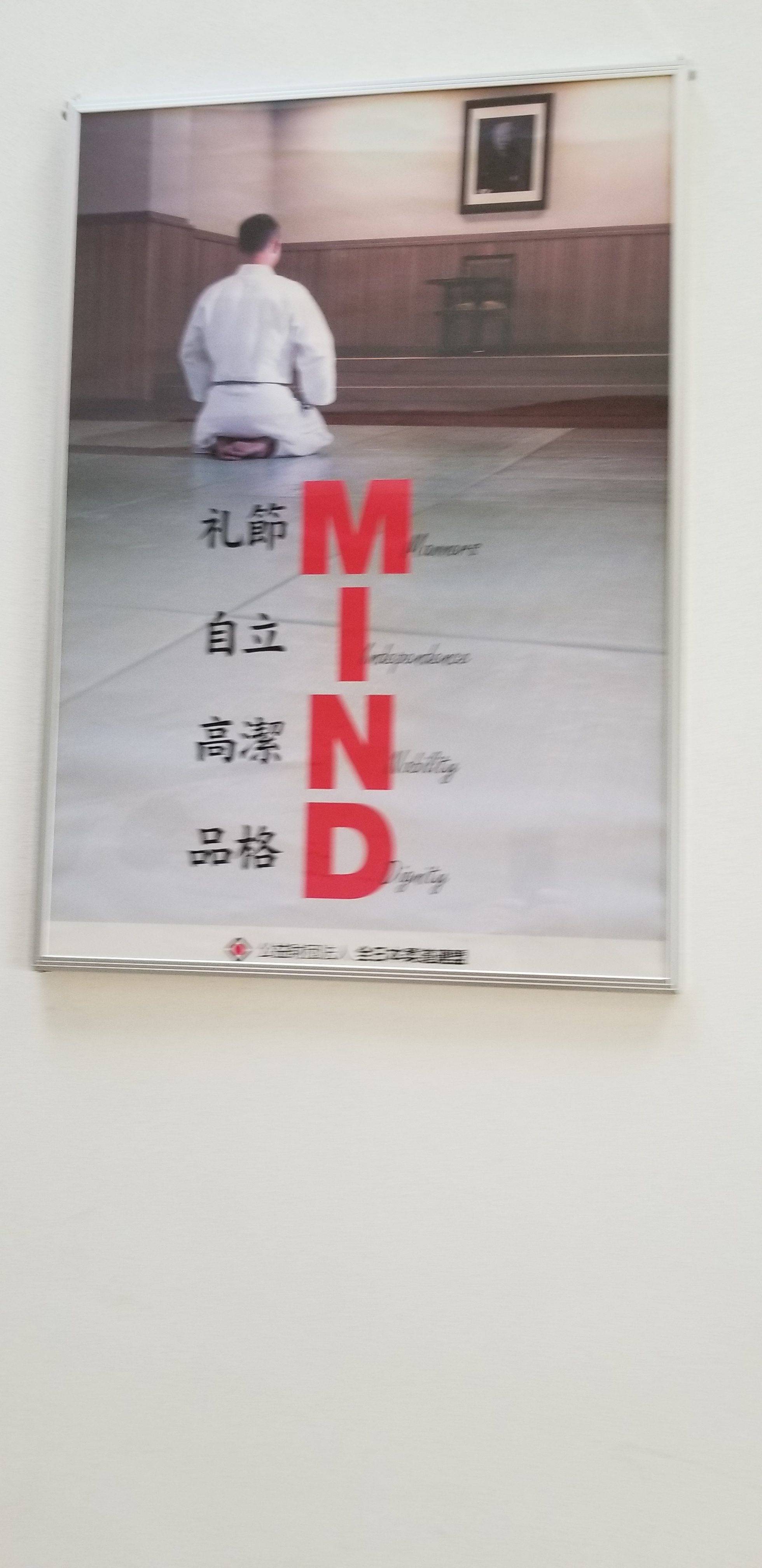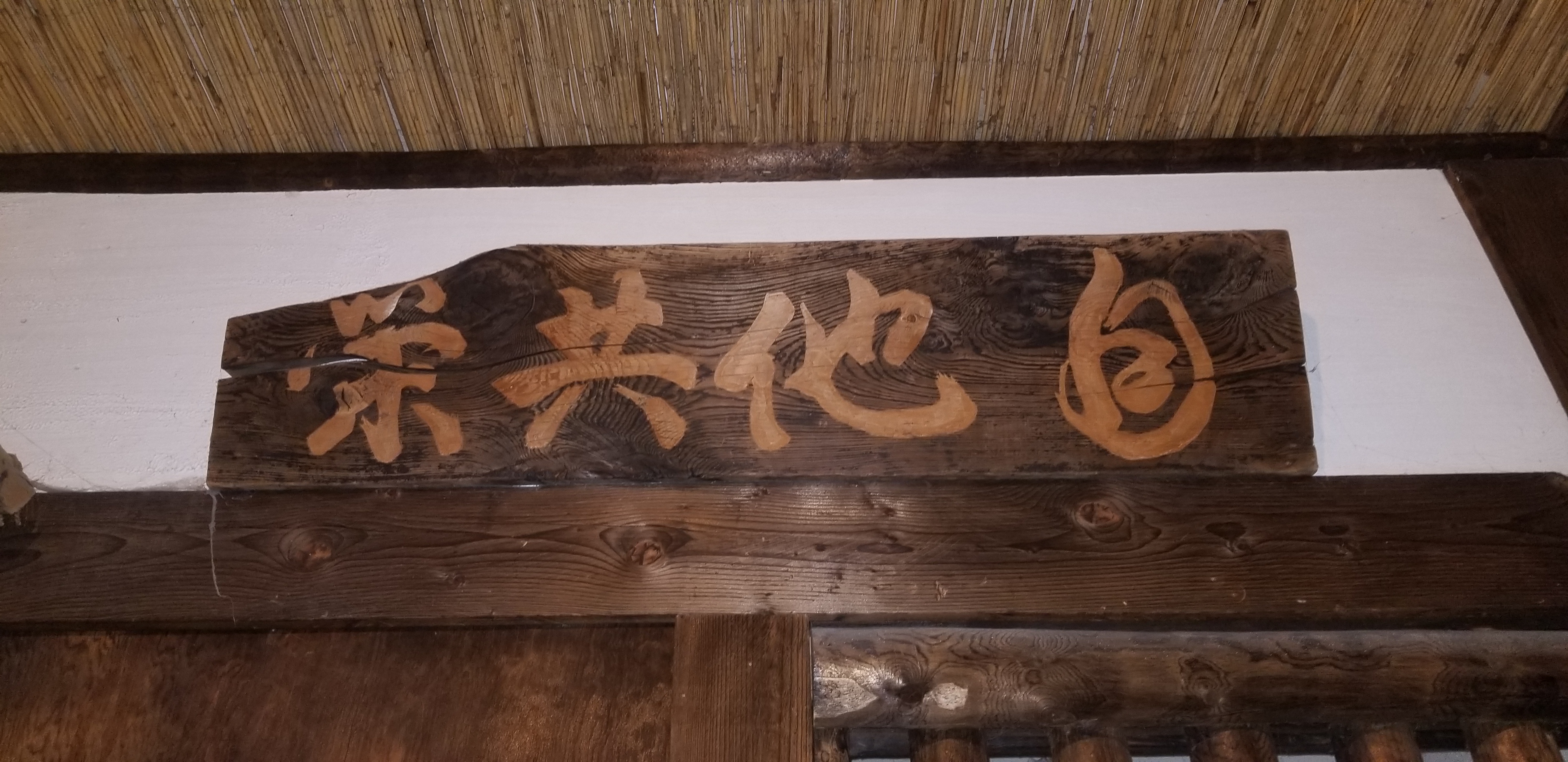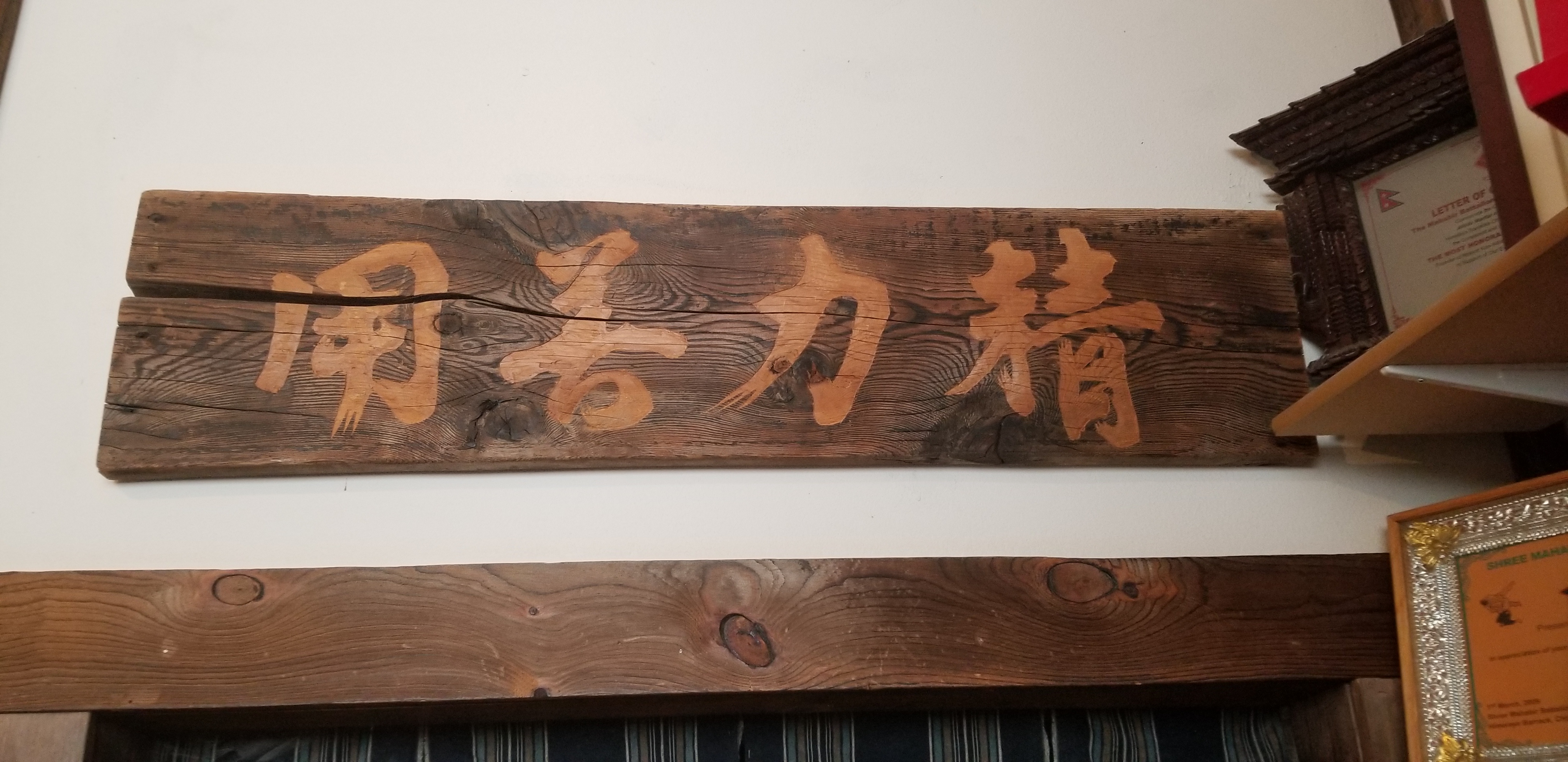


When I was visiting Japan a short while ago, I noticed a poster at a large public Budojo (martial arts training hall), and I couldn’t help taking a photo of the poster. And as the final Judo matches of All Japan Women Judo Championship were on the air on TV Japan the other day, I noticed the catchphrase of MIND on a banner by a sponsor in the background. Please take a look at an unofficial translation of an excerpt of what’s posted on All Japan Judo Federation’s website.
All Japan Judo Federation’s MIND Project
From April 1, All Japan Judo Federation launched “JUDO MIND Project”.
The English word of “MIND” means spirit and intellect, and the word “MIND” is chosen as the key word for the Project for us to reflect upon and go back to the essence of teachings of Jigorō Kanō Sensei and his spirit in Judo
The word “MIND” for this campaign is also an acronym of the following words.
- M for Manners
- I for Independence
- N for Nobility
- D for Dignity
The aim is to clearly express that any Judo-ka (Judo practitioner) shall honor and keep these four words in mind as the beacon of their attitudes and demeanors to be worthy to be called and respected as a Judo-ka.
All Japan Judo Federation used to run a campaign called “Judo Renaissance”. Mr. Jigorō Kanō, the founder of Kōdōkan, was devoted not only in Judo, but in promoting Japan’s first ever participation in the Olympic games, and thus he is also known as the father of Japan’s participation in the Olympic games. He is also famous for many mottos that he left behind, such as “Jita kyoue (iMutual Welfare and Benefit )”
and “Seiryoku zenyou( Maximum efficiency)”, and both of these mottos are still valid for any Judo-ka today.
Has any campaign like these been launched by Aikikai Hombu, the edifice of Aikido?
With such slogans as Love and Peace, Aikido has reached various parts of the world; however, the principles of Aikido that the Founder of Aikido had left behind may not have reached as far in the world as the practice of Aikido. Lately, violent forms of Aikido are often seen as a self-defensive counter-measure against violence while such Aikido practitioners swing Japanese swords rather wildly; and on a different level, Aikido techniques have changed to enable and allow more flamboyant ‘ukemi’, and many Aikido practitioners with such a style of techniques seem to have a habit of posting their extravagant short movie clips on social medias with a photo(s) of the Founder of Aikido and a banner with “AIKIKAI’ or IAF (International Aikido Federation) printed on it and hung on a wall in the background.
The Founder of Aikido had left behind many instructional terminologies. However, because those words were left as messages to a highly advanced spiritual world, given the current circumstances, it’s highly skeptical that his words have been conveyed and passed on properly to various people of varying linguistic and cultural backgrounds in countries afar from Japan.
While it may already be too late, the world of Aikido may become a training school of stunt people, unless specific, easy-to-understand guidelines are declared and promoted by following suit of what the world of Judo has done.
Former international Judo Federation President Kanou RISEI
Kodokan Judo Funder second son of Kanou Jigorou
Nippon-kan Collection

